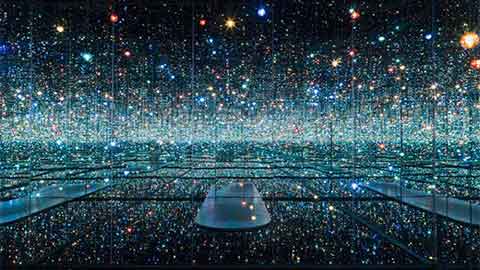Have you ever been in one of those kaleidoscope rooms? The ones that are like a mirror maze, where the walls are all reflective and you see thousands of copies of yourself, some reversed, some doubly reversed so they seem the right way around? It plays havoc with your sense of direction, doesn’t it? That’s one of the reasons mirror mazes are so confusing. Your depth perception gets all batted around, worse than if you were wearing an eyepatch. Mirrors aren’t really good for judging how far away things are, and if we spend too long surrounded by them, our ability to judge it takes a hit too.
With that in mind, it’s surprising – and more than a little alarming – how common it is to rely on mirrors for reversing. When it comes to reversing, accurate judgments of distance are hugely important. They mean the difference between safely backing out onto the road and having an oncoming vehicle slam into the side of your car. Even in situations where safety isn’t a concern, a wrong call will give your vehicle or someone else’s a nasty dent. But we still use mirrors, even though we know they’re bad for this. And there is a better way – the rear vision camera.
Also known as a reversing camera, this device gives you a wider, clearer field of vision. It represents objects and depth more accurately, and the monitor in a reversing camera kit even includes scaling software to help you get a sense of distance. With a camera, reversing your vehicle is a much safer procedure, and it feels more natural too. Especially if you don’t have the best inbuilt sense of space, mirrors can be stressful, forcing you to do all sorts of guesswork. The camera doesn’t make you estimate. The camera is your friend.


